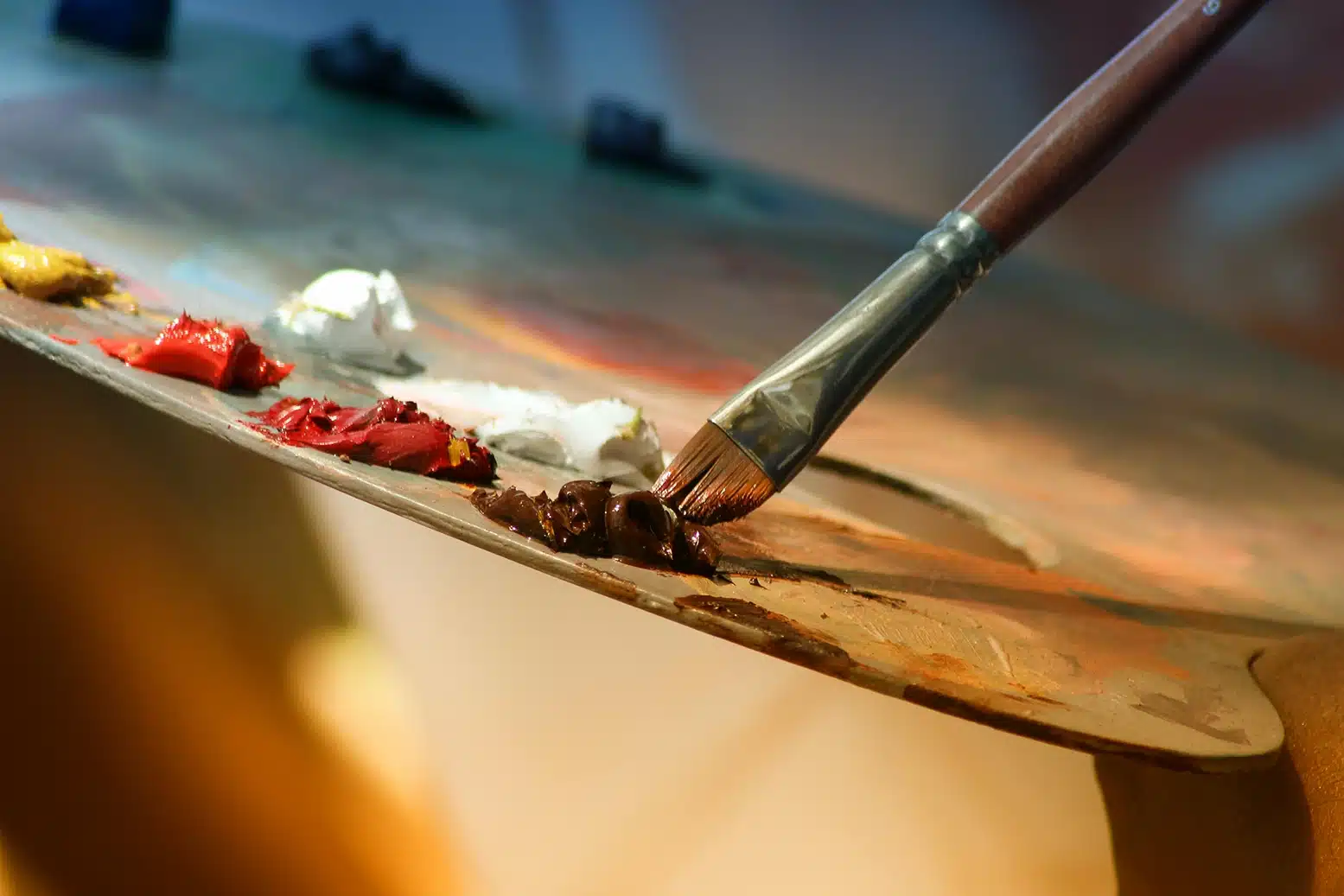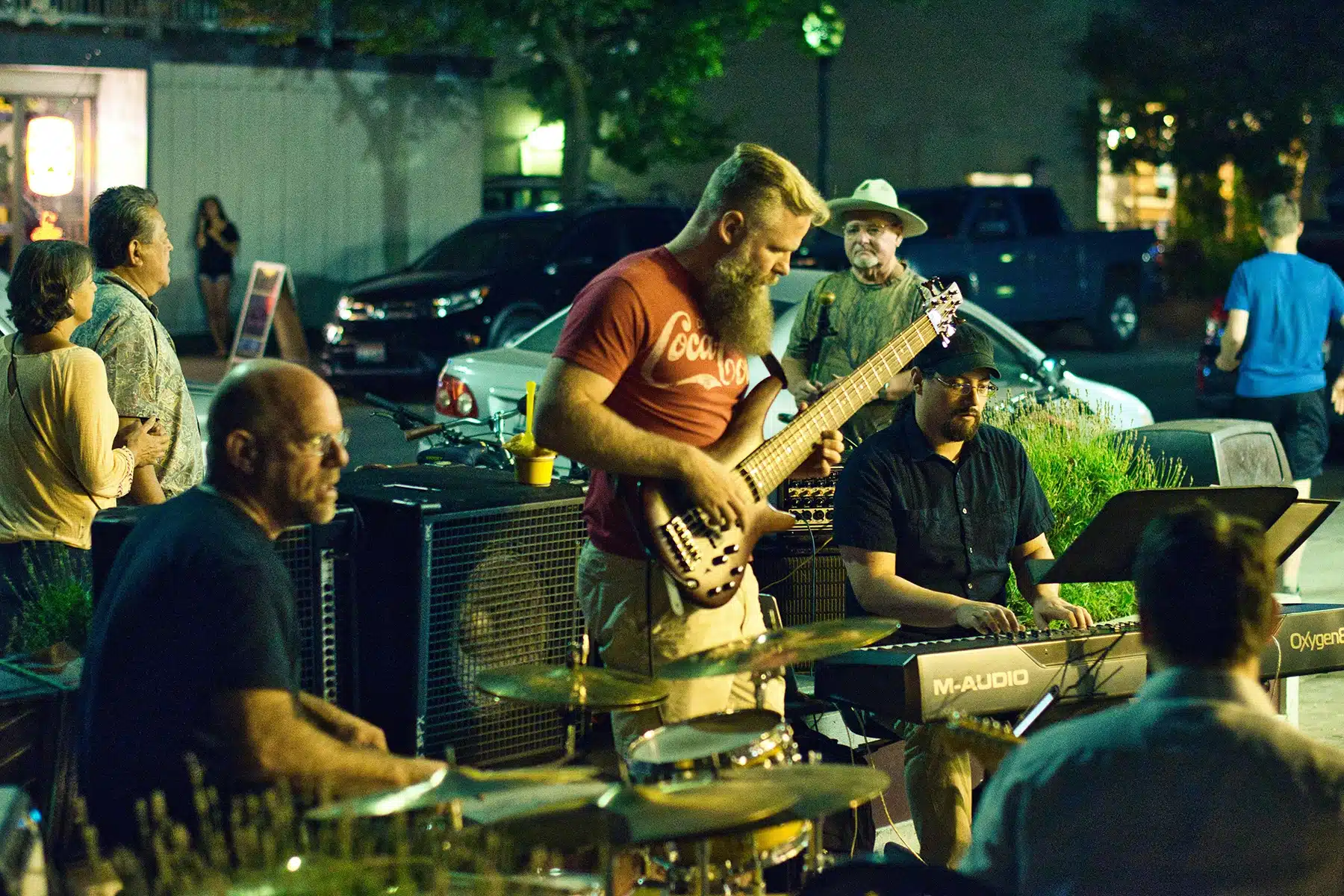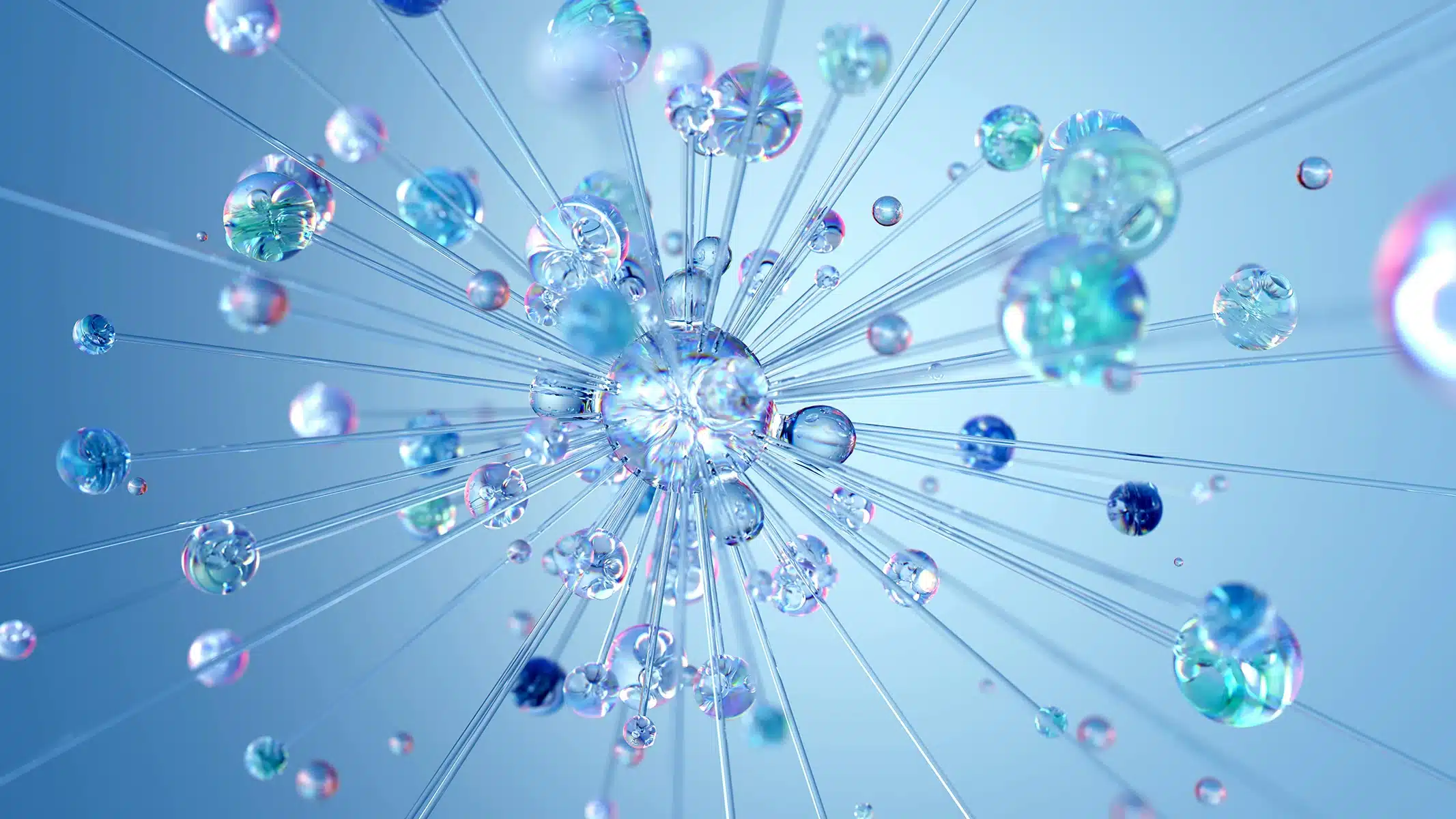Copyright is a vital area of intellectual property (IP) law that protects original works of authorship. Whether you’re an artist, writer, musician, or any other type of creator, understanding how copyright works is essential for protecting your creative output. This guide aims to provide detailed information on all aspects of copyright law in Australia, offering a solid foundation for creators in all fields to understand and safeguard their intellectual property.
What is Copyright?
At its core, copyright is a form of intellectual property protection that grants the creator of an original work exclusive rights to use and distribute that work. This protection extends to a broad array of creative works, safeguarding the rights of creators across multiple industries. It includes literary works, such as books and articles; artistic works, like paintings, sculptures, and photographs; musical compositions, covering both sheet music and recordings; sound recordings, protecting the work of recording artists; and even computer software, which includes code, applications, and programs.
Essentially, it covers any original work that can be reproduced, distributed, or performed, ensuring the creator’s intellectual property is legally protected. Copyright ensures that creators maintain control over how their works are used, allowing them to license or sell their rights and protecting their work from infringement.
How Does Copyright Work in Australia?
In Australia, copyright is automatically granted as soon as an original work is created and fixed in a tangible form – such as writing a book, recording a song, or painting a picture. This protection exists without the need for registration or any formal filing, although registering your work provides extra legal benefits if you need to enforce your rights.
What Does Copyright Protect?
Copyright protects the expression of ideas, not the ideas themselves. For instance, it covers:
- Literary works like books, poems, articles, and computer programs
- Artistic works such as paintings, drawings, and photographs
- Musical works, including compositions and sound recordings
- Films and short films
- Broadcasts like radio and TV programs
- Software and databases
It is important to note that copyright does not protect concepts, ideas, methods, systems, or processes. Instead, it protects the specific expression of those ideas in a tangible form.

How Long Does Copyright Protection Last?
In Australia, the copyright term lasts for the life of the author plus 70 years. For corporate authors (like a publisher or record company), the protection lasts for 70 years from the date of publication. If the work is not published, the protection lasts 70 years from the date of creation. Once this period expires, the work enters the public domain, where anyone can use it without permission.
Aside From Copyright, What Other Intellectual Property Rights Exist In Australia?
In Australia, aside from copyright, other key intellectual property rights include patents, which protect inventions; trademarks, which safeguard brand names, logos, and symbols; designs, which cover the visual appearance of products; and trade secrets, which protect confidential business information.
These rights help creators, inventors, and businesses protect their innovations and maintain a competitive edge in the market. Depending on the nature of the work or invention, each right offers different types of protection.
What is the Difference Between Copyright and Other Forms of Intellectual Property (IP) Protection?
While copyright protects creative works, other forms of intellectual property protect different aspects of innovation and branding. These include:
- Patents: Protect inventions or discoveries, including processes or machines.
- Trademarks: Protect symbols, logos, or brand names used to distinguish goods and services.
- Design rights: Protect the visual appearance of products.
- Trade secrets: Protect confidential business information.
Copyright is one component of the broader intellectual property law system, which works together to safeguard creative and innovative works.
What About Moral Rights?
In addition to economic rights (such as the right to make money from a work), moral rights protect the personal connection between the creator and their work. These rights are non-economic and include:
- The right of attribution (to be identified as the creator)
- The right to integrity (protection from distortion or mutilation of the work)
- The right to privacy for unpublished works
These moral rights are protected under Australian law even if the creator has transferred ownership of the work.
Understanding Copyright Protection and Material Form
To qualify for copyright protection, a work must be expressed in a material form, meaning it must be fixed in a tangible medium such as a written document, digital file, or recording. Simply having an idea or concept is not enough; the work must be captured in a form that can be perceived, reproduced, or otherwise communicated. Whether it’s a novel, a painting, or a song, the copyright protects the expression of ideas once they are documented or recorded in some material form.
In order for a work to be protected by copyright, it must be fixed in a material form, such as written on paper, recorded in a digital file, or captured in a photograph. Digital works are also eligible for copyright protection as long as they are fixed in a material form, such as a digital file, website, or software application. This includes works like e-books, digital art, and computer programs, which are all automatically protected once created and saved in a tangible format.

Is Work That Is Not In A Material Form Eligible For Copyright Protection?
Generally, no, because it has not been created as yet. Examples include:
- Ideas, concepts, or principles: Copyright does not protect ideas, only their expression.
- Unwritten works: If a work exists only in a person’s mind or is spoken without being recorded or written down, it is not in a material form.
- Temporary copies: Works that are merely temporarily stored in a computer’s RAM or cached files without being saved to a permanent medium are not considered fixed.
- Improvised performances: A live, unrecorded performance that is not fixed in a material form (e.g., written or recorded) would not be protected by copyright until it is captured in some tangible form.
Fair Use and Exceptions
Fair use (known as fair dealing in Australia) allows you to use copyrighted materials without permission in certain situations. The Copyright Act outlines four key factors for determining whether something qualifies as fair use.
Educational use is a common reason for fair use, as is using materials for criticism, comment, news reporting, teaching, or research. The amount of material you use matters, too—only a reasonable portion is allowed.
For educational purposes, fair dealing lets you copy parts of works. Creative Commons licenses let authors share their work for free use. Libraries and archives have specific exceptions for copying and distributing materials, and fair dealing is also often applied for research and study.
Fair Dealing vs. Creative Commons
There are exceptions under copyright law that allow you to use copyrighted material without permission. The key ones are:
- Fair dealing: Allows limited use of copyrighted material for purposes such as criticism, research, or news reporting. Factors like the amount used and the purpose of the use are considered.
- Creative Commons: A licensing system that allows creators to specify how their work can be used by others, with different levels of permission.
These alternatives ensure that creators can share their work while still maintaining control over how it’s used. If you are unsure about using something, get in touch with our highly knowledgeable Copyright Lawyers for advice.
Do I Need To Register My Copyright In Australia?
No, you do not. Copyright is automatically granted upon the creation of a work under the Copyright Act of 1968.
Key Points to Remember:
- Copyright exists automatically as soon as a work is created and fixed in a tangible medium.
- Copyright protects creative expressions, not ideas, methods, or systems.
- Moral rights protect the personal connection between the creator and the work.
- Copyright protection lasts for the life of the author plus 70 years.
- Fair dealing and Creative Commons licenses provide limited exceptions for the use of copyrighted works.
- To enforce your copyright, consider legal advice from IP law specialists, who can assist you in addressing any infringement issues.
Whether you’re a writer, musician, artist, or other creator, understanding copyright is essential to protecting your creative work. If you’re facing an infringement or have any concerns about your rights, please get in touch with one of our intellectual property lawyers to ensure your work is fully protected.
Copyright and AI: How Technology and Creative Protection Intersects
With the rapid advancement of artificial intelligence (AI) in creative fields, questions surrounding copyright and AI-generated works have become increasingly important. AI is now capable of ‘producing’ music, art, literature, and even software. As a result, creators and legal professionals alike must grapple with how copyright law applies to works that are created, at least in part, by AI.

Who Owns the Copyright in AI-Generated Works?
In traditional copyright law, the creator of a work is typically the person or entity responsible for its creation. However, AI presents a unique challenge, as it is the machine (or algorithm) rather than a human being that creates the work, even though the machine was trained on human input.
So, the key question in coming years is – who owns the copyright in works generated by AI?
- AI as a tool: If AI is used as a tool by a human creator (for instance, an artist who uses an AI system to generate new designs), the human creator is typically considered the author of the work and will hold the copyright. In this case, the AI is seen as a tool that assists in the creation process rather than the actual creator.
- AI as the creator: If AI is capable of generating a work entirely autonomously, the question of authorship becomes more complicated. Under current Australian copyright law, copyright protection is only available to human authors. Therefore, works that are created solely by AI, without any direct human involvement, may not be eligible for copyright protection under the current legal framework.
This means that, in Australia, AI-generated works that do not involve human creativity may not receive the same copyright protection as works created by a human author.
The Role of Human Intervention in AI-Generated Works
In most cases, AI systems operate under the guidance or instructions of human creators. This means that while AI can assist in the creation of works, human interventions are usually required for ownership and copyright protection. The level of human creativity involved in training the AI, providing input, or making decisions about the output is a key factor in determining whether copyright protection applies.
For example:
- Music creation: If an artist uses AI software to compose a piece of music, the artist can likely claim copyright in the resulting work, as long as they have provided meaningful direction or input into the composition process.
- Visual art: If an artist uses AI to generate a digital painting but makes the final adjustments, edits, or decisions about the composition, the artist can claim ownership of the work.
The Challenges of AI and Copyright Enforcement
One of the challenges of AI and copyright is the enforcement of rights. Since AI can replicate or modify works in seconds, creators may face difficulties in controlling how their work is used, especially if the AI has been programmed to mimic specific artistic styles or generate content based on existing works.
For instance, if an AI model is trained on existing copyrighted material, the resulting output may be considered a derivative work. If this occurs without permission from the original copyright holder, the use of AI may result in copyright infringement.
Ethical and Moral Considerations in AI-Generated Works
The intersection of AI and moral rights adds another layer of complexity. In Australia, moral rights protect the personal relationship between a creator and their work, including the right to be identified as the author and to prevent derogatory treatment of the work. These rights are generally reserved for human authors, and it remains uncertain how moral rights might apply in the case of AI-generated works.
- Attribution: AI-generated works may not come with clear authorship, which can create confusion about who should be credited as the creator.
- Integrity: AI-generated works could potentially be modified or distorted without the input or consent of the human creator, raising concerns about whether these works should be subject to the same moral rights protections.
AI and Copyright Law Reform
As AI continues to evolve, there are increasing calls for reform in copyright law to address these new challenges. In particular, policymakers are considering whether the current legal framework for copyright is equipped to handle works created by AI and whether it’s necessary to introduce new rules for non-human creators.
In the meantime, AI-generated works will likely continue to fall under existing copyright laws, with the human creator typically holding the rights if sufficient human intervention is involved in the creative process.
How AI Affects Copyright Enforcement
AI is also significantly impacting copyright enforcement. The rise of AI-powered tools that can quickly scan the internet for infringing content is making it easier for creators to identify and address unauthorised uses of their work. However, AI-generated works could complicate enforcement, especially if AI is used to create derivative works or to manipulate original works in ways that might be difficult to detect.
Copyright and AI – An Evolving Situation
The relationship between AI and copyright law remains complex and evolving. As AI becomes increasingly capable of producing original works, the question of authorship and ownership is likely to be at the forefront of legal and ethical discussions. For now, Australian copyright law treats AI-generated works with human involvement as eligible for copyright protection, while works generated solely by AI may fall outside the scope of traditional copyright protection.
If you are an artist, writer, musician, or creator working with AI in your practice, it is crucial to stay informed about how copyright laws apply to your work, especially as the legal landscape continues to adapt to the rise of new technologies. Seeking professional advice from an intellectual property lawyer can help ensure that your copyright rights are well-protected, no matter how you create.
Copyright Infringement: What Can You Do?
If someone uses your copyrighted work without permission, this is considered copyright infringement.
You can take several steps to enforce your rights:
- Send a cease and desist letter, which is a formal request to stop the infringement.
- File a complaint with the relevant platform, like YouTube or social media, website or business.
- If the infringement persists, you may need to pursue litigation in the Federal Court or Supreme Court.
If you’re facing copyright infringement, it’s important to seek professional legal advice to determine the best course of action.
What Happens If You Infringe Copyright?
Failing to respect copyright can result in serious legal consequences. To infringe copyright means using a protected work without obtaining permission from the copyright holder. This can include reproducing, distributing, or displaying the work without authorisation. The law provides mechanisms to protect creators’ rights, and those who infringe copyright may be liable for damages, including both economic and statutory penalties.
Usage Of The Copyright Symbol ©
While copyright protection exists automatically when a work is created, placing a copyright notice on your work serves as a clear indication of your ownership and can help deter infringement. A typical copyright notice includes the symbol ©, the year of first publication, and the name of the copyright owner. For example: © Ella King 2025. This notice is not required by law, but it makes your rights clear and can be helpful in the event of a dispute.
Obtaining Permission to Use Copyrighted Works
If you wish to use someone else’s copyrighted work, obtaining permission from the copyright owner is essential. This could involve negotiating a license or purchasing rights to use the work in a particular way. Without permission, you risk infringing copyright and facing legal action. When obtaining permission, ensure that the scope of use, duration, and any limitations are clearly outlined in an agreement to avoid future disputes.
Can Copyright Be Transferred In Australia?
Yes, copyright can be transferred in Australia. The owner of a copyright can assign or license their rights to another party through contracts or agreements. This can include assignments, where the copyright is fully transferred, or licenses, which allow the copyright owner to retain ownership while granting certain usage rights. Additionally, copyright ownership can be transferred through wills or bequests, where the rights are passed on to beneficiaries after the owner’s death. Transfers must be in writing to be legally enforceable.
Need Help Protecting Your Intellectual Property Rights?
Our experienced team is here to guide you through copyright, patents, trademarks, and more – on a fixed fee basis. Contact us today to secure your creations and ensure your rights are protected. Call us on 1300 851 138 or book a consultation now.